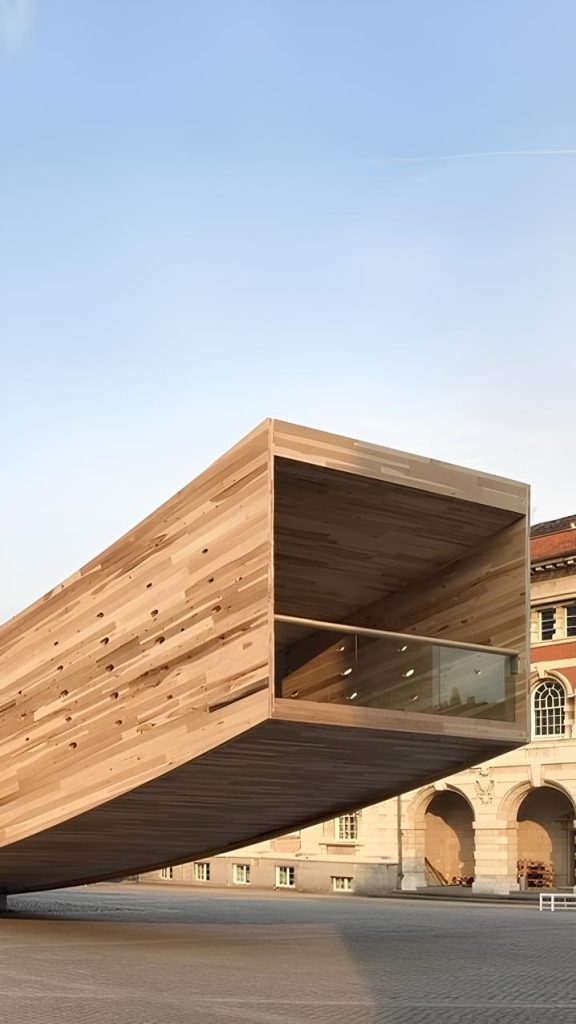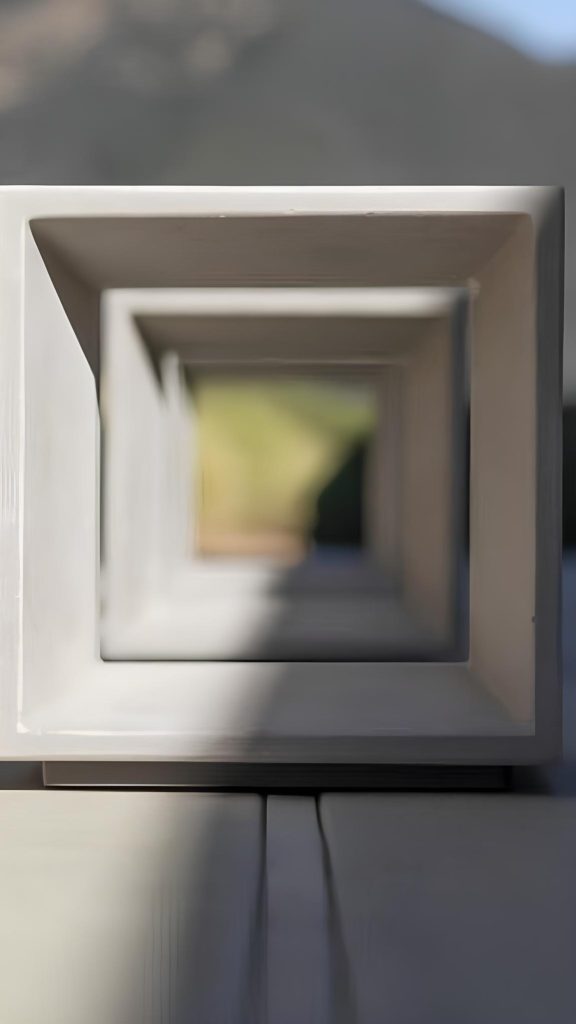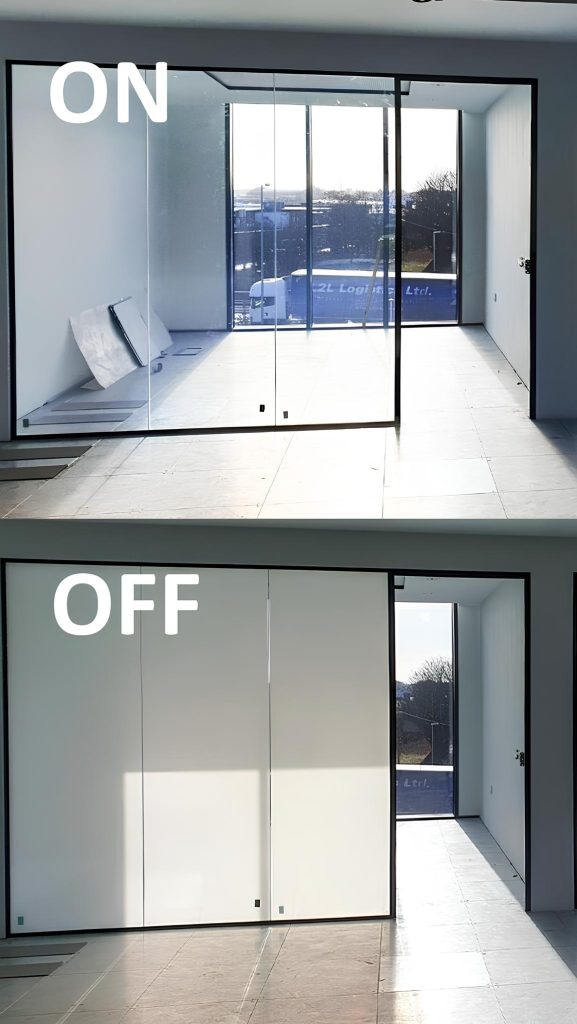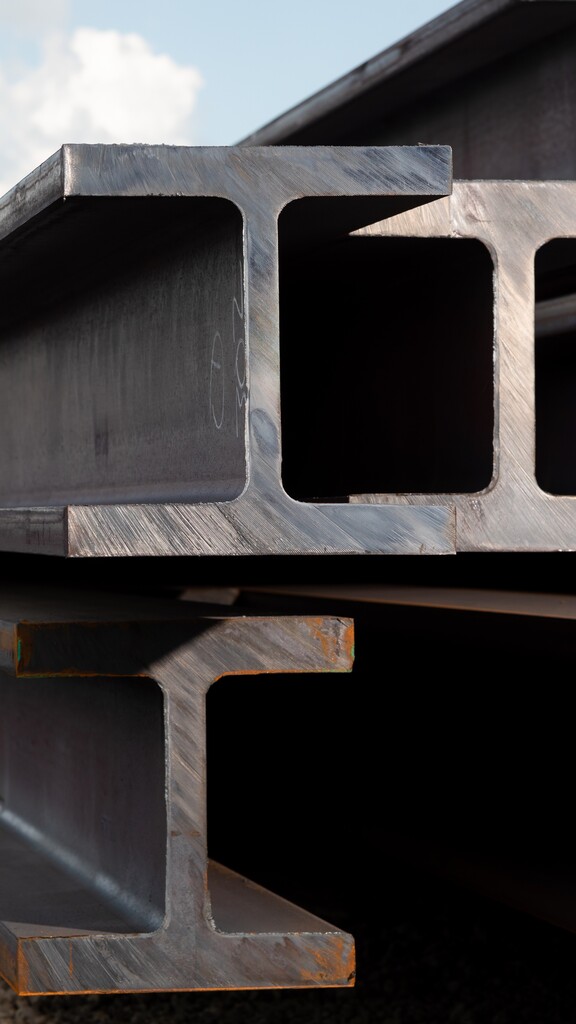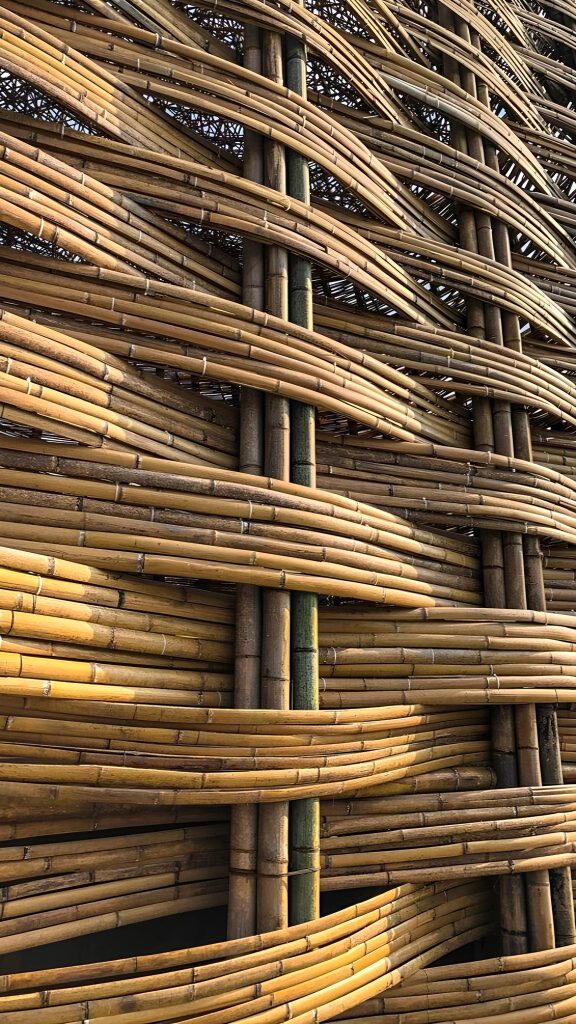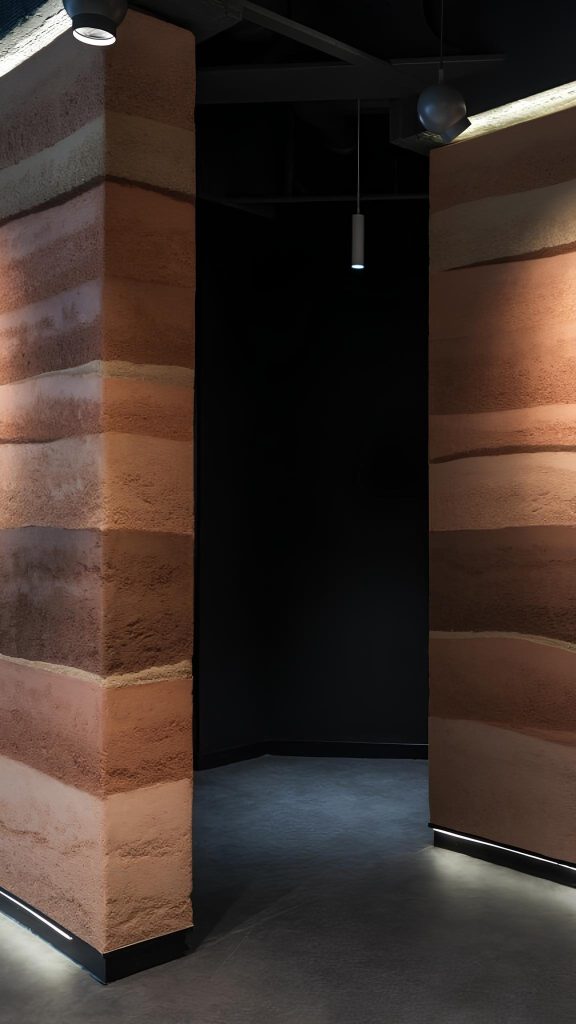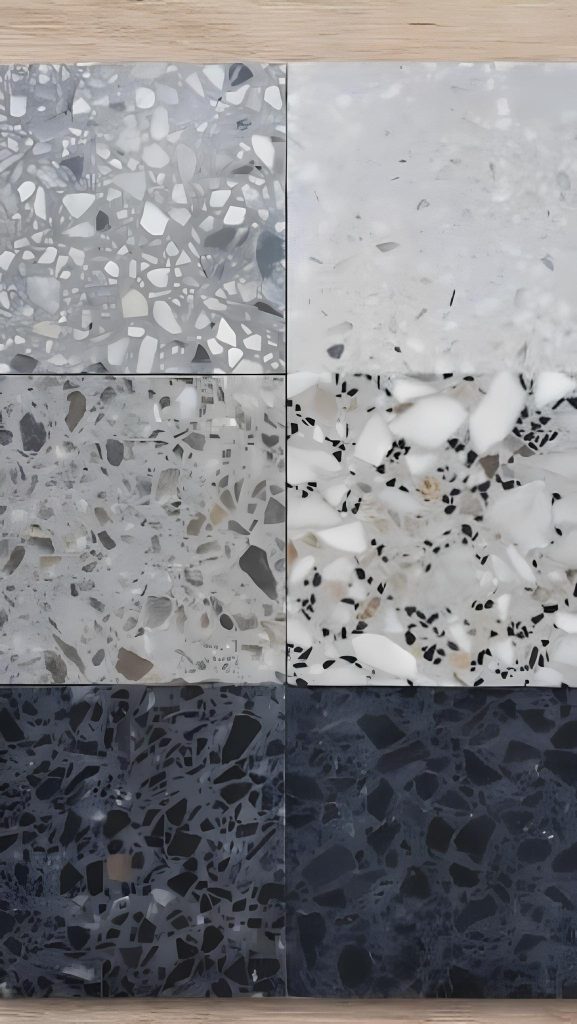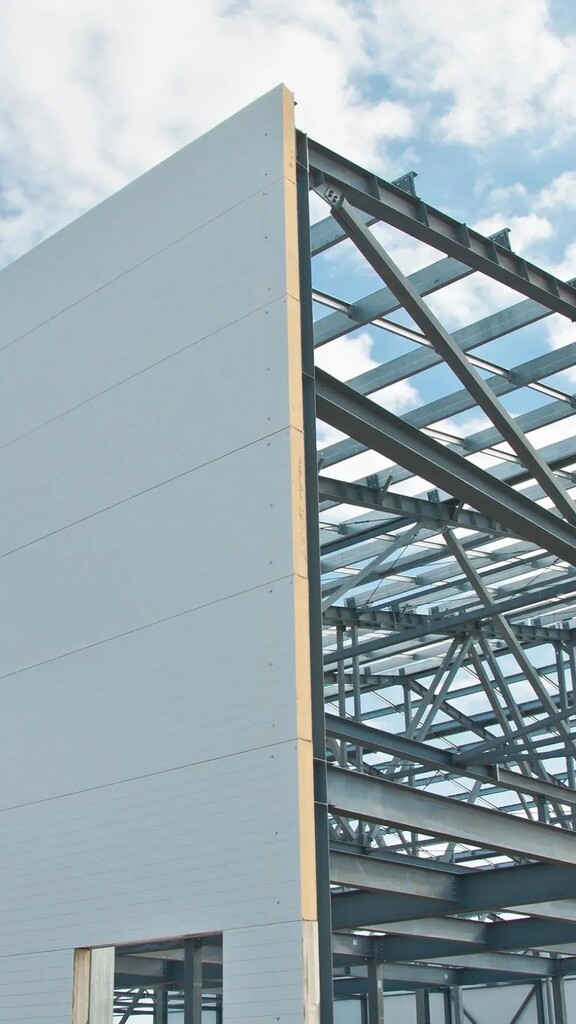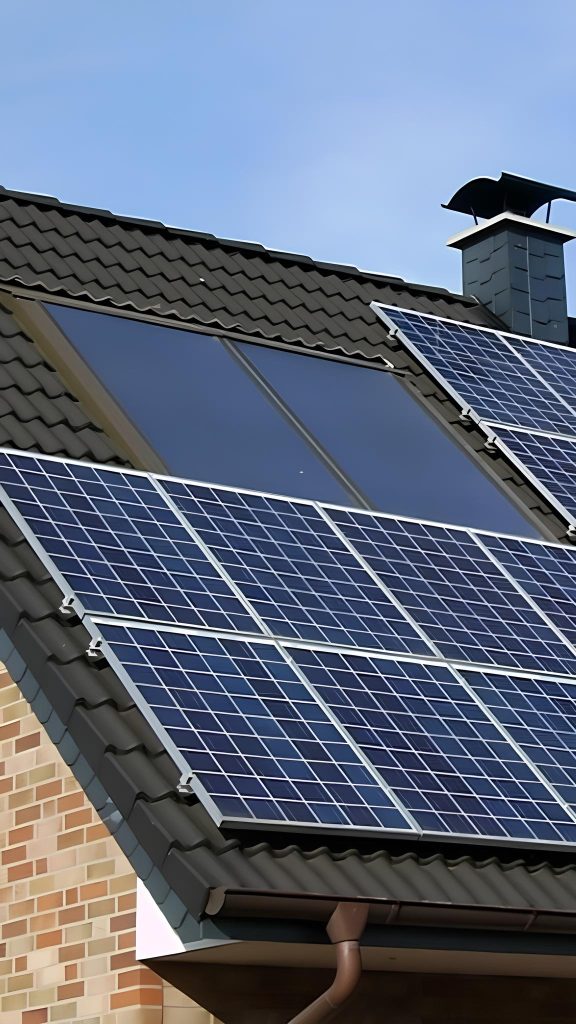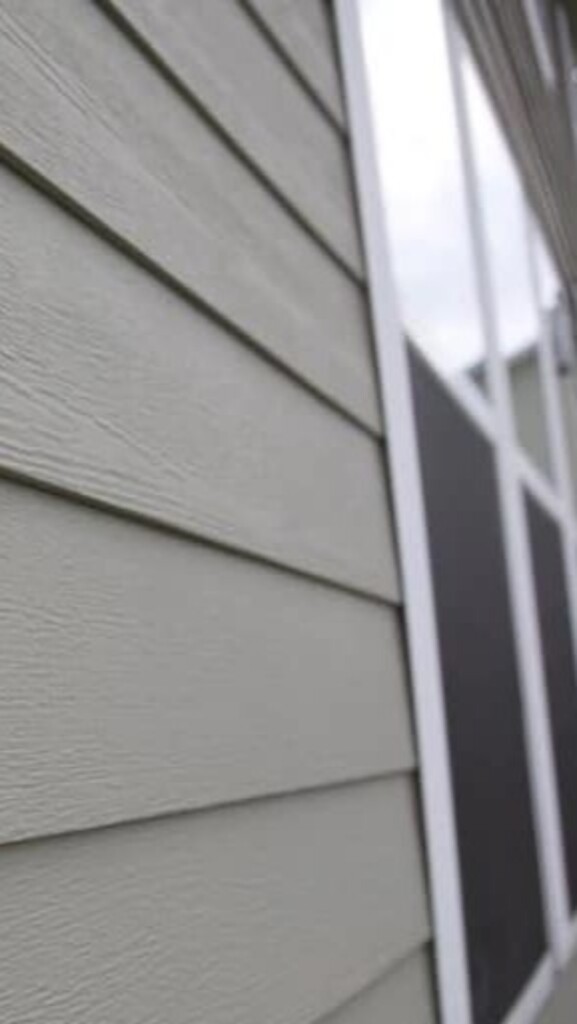Why Material Choice Matters in Architecture
Architects are not just designers—they are material curators. Every choice they make shapes not only the aesthetics of a space but also its functionality, sustainability, and longevity. In 2025, building materials are more diverse and technologically advanced than ever. From carbon-neutral concrete to self-healing finishes, innovation is at the heart of modern architecture.
This guide dives into the top 10 building materials architects prefer today—why they matter, when to use them, and how they’re transforming the spaces we live and work in.

